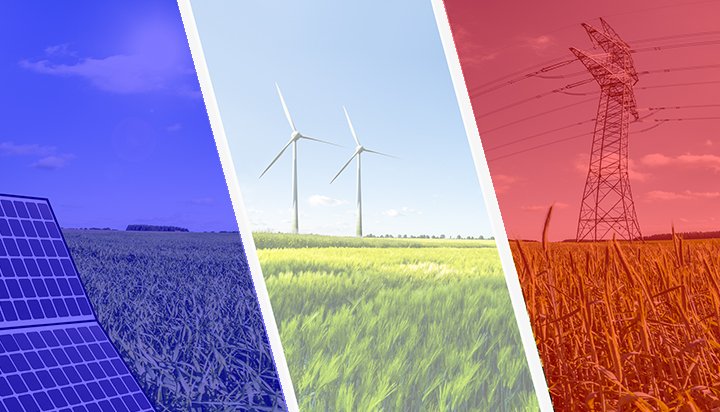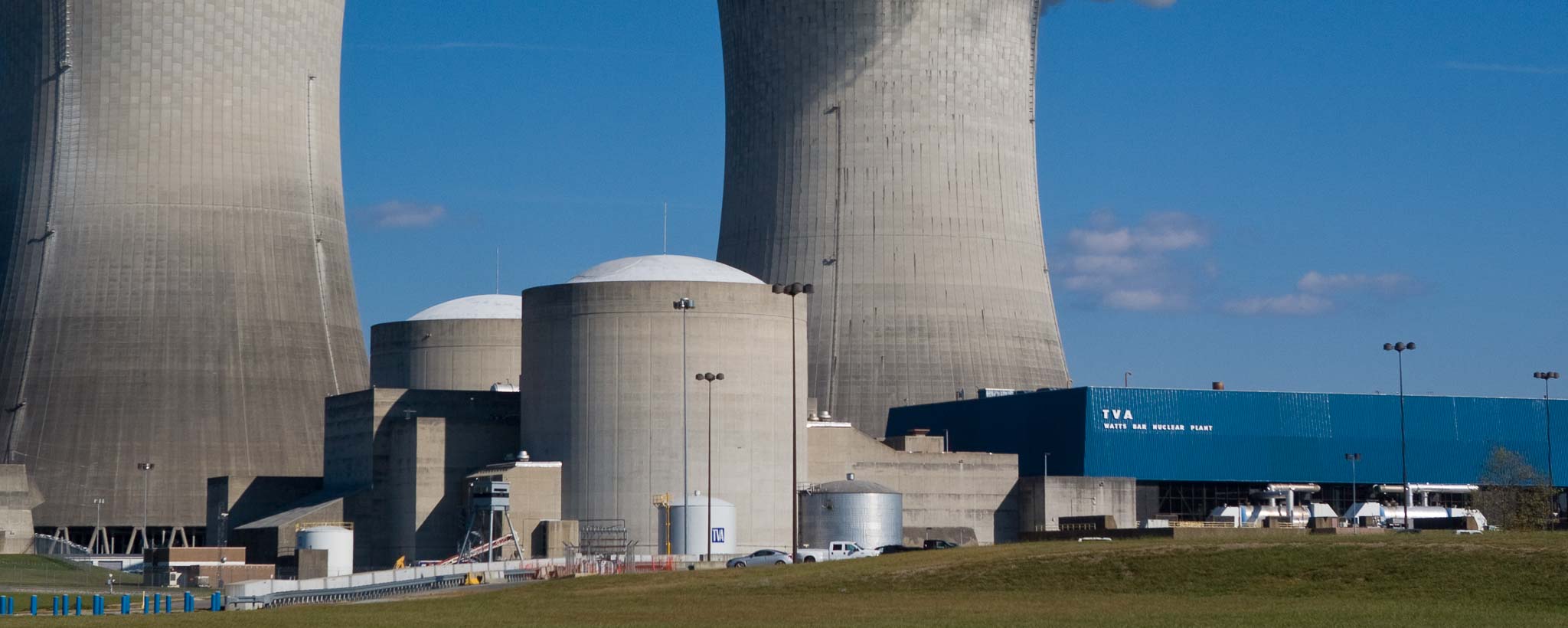- Aug 6, 2017
- 5,445
- 1,310
- 140
The World Has 42 +/- years left then the well runs dry
Global demand for crude oil (including biofuels) in 2019 amounted to 100.1 million barrels per day
Daily global crude oil demand 2006-2020 | Statista
Oil Reserves By Country 2020
100.1 X 365 = 36,536,000,000 barrels consumed in one year
Total known world oil reserves = 1,532,800,000,000,000 barrels
1,523,800,000,000/36,536,000,000 = +/- 42 years then the well runs dry
All the members of the United Nations know this and are making great strives in switching to renewables for their electric power.
The facts are out there for all to see only you must look to see it.
Most countries know this and are making great strides in switching to renewables.
Renewable energy in China
China is the world's leading country in electricity production from renewable energy sources, with over double the generation of the second-ranking country, the United States.

 en.wikipedia.org
en.wikipedia.org
Renewable energy in Canada
As of 2019, renewable energy technologies provide about 17.3% of Canada’s total primary energy supply and about 67% of its electricity production.
The majority of renewable energy produced in Canada comes from hydroelectricity. It supplied 58% of total electricity production in 2016 making Canada the second largest producer of hydroelectric power globally. Wind power is a fast-growing sector of the energy market, accounting for 5% of electricity production in 2016. Globally, Canada was the eighth largest producer of wind power in 2016. Canada has also built many[quantify] photovoltaic power stations, mainly in Ontario, with one in Sarnia, being the largest in the world at the time of its construction. A 15-megawatt tidal plant sits at Annapolis Royal, Nova Scotia, and uses the daily tides of the Bay of Fundy to generate electricity.
Politicians have expressed interest in increasing the percentage of Canada's electricity generated by renewable methods. Ontario has created a subsidy to assist wind and solar power producers.

 en.wikipedia.org
en.wikipedia.org
Renewable energy in Germany
Renewable energy in Germany is mainly based on wind, solar and biomass. Germany had the world's largest photovoltaic installed capacity until 2014, and as of 2020 it has 49 GW. It is also the world's third country by installed wind power capacity, at 59 GW in 2018, and second for offshore wind, with over 4 GW. Germany has been called "the world's first major renewable energy economy".
According to official figures, around 370,000 people were employed in the renewable energy sector in 2010, particularly in small and medium-sized companies. This is over twice the number of jobs in 2004 (160,500). About two-thirds of these jobs are attributed to the Renewable Energy Sources Act.
Germany's federal government is working to increase renewable energy commercialization, with a particular focus on offshore wind farms. A major challenge is the development of sufficient network capacities for transmitting the power generated in the North Sea to the large industrial consumers in southern parts of the country. Renewable energy in Germany - Wikipedia
Renewable energy in United Kingdom
Renewable energy in the United Kingdom can be divided into production for electricity, heat, and transport.
Interest has increased in recent years due to UK and EU targets for reductions in carbon emissions, and commercial incentives for renewable electricity such as the Renewable Obligation Certificate scheme (ROCs) and Feed in tariffs (FITs), as well as for renewable heat such as the Renewable Heat Incentive. The 2009 EU Renewable Directive established a target of 15% reduction in total energy consumption in the UK by 2020.

 en.wikipedia.org
en.wikipedia.org
Renewable energy in France
Renewables ‘to become France’s main energy source by 2027’

 www.energylivenews.com
www.energylivenews.com
Renewable energy in United States
The development of renewable energy and energy efficiency marked "a new era of energy exploration" in the United States, according to former President Barack Obama. In a joint address to the Congress on February 24, 2009, President Obama called for doubling renewable energy within the following three years.

 en.wikipedia.org
en.wikipedia.org
Trump does not care where the energy comes from so long as he can profit from it. Trump has not mentioned or spoke the term “renewables” in the past 2+ years
Trump does not care because he has not found a way to profit from it; as of yet.
Do you believe Trump cares what happens to us knowing he can afford it while knowing his Chauffeur cannot--?
 -
-
Global demand for crude oil (including biofuels) in 2019 amounted to 100.1 million barrels per day
Daily global crude oil demand 2006-2020 | Statista
Oil Reserves By Country 2020
100.1 X 365 = 36,536,000,000 barrels consumed in one year
Total known world oil reserves = 1,532,800,000,000,000 barrels
1,523,800,000,000/36,536,000,000 = +/- 42 years then the well runs dry
All the members of the United Nations know this and are making great strives in switching to renewables for their electric power.
The facts are out there for all to see only you must look to see it.
Most countries know this and are making great strides in switching to renewables.
Renewable energy in China
China is the world's leading country in electricity production from renewable energy sources, with over double the generation of the second-ranking country, the United States.

Renewable energy in China - Wikipedia
Renewable energy in Canada
As of 2019, renewable energy technologies provide about 17.3% of Canada’s total primary energy supply and about 67% of its electricity production.
The majority of renewable energy produced in Canada comes from hydroelectricity. It supplied 58% of total electricity production in 2016 making Canada the second largest producer of hydroelectric power globally. Wind power is a fast-growing sector of the energy market, accounting for 5% of electricity production in 2016. Globally, Canada was the eighth largest producer of wind power in 2016. Canada has also built many[quantify] photovoltaic power stations, mainly in Ontario, with one in Sarnia, being the largest in the world at the time of its construction. A 15-megawatt tidal plant sits at Annapolis Royal, Nova Scotia, and uses the daily tides of the Bay of Fundy to generate electricity.
Politicians have expressed interest in increasing the percentage of Canada's electricity generated by renewable methods. Ontario has created a subsidy to assist wind and solar power producers.

Renewable energy in Canada - Wikipedia
Renewable energy in Germany
Renewable energy in Germany is mainly based on wind, solar and biomass. Germany had the world's largest photovoltaic installed capacity until 2014, and as of 2020 it has 49 GW. It is also the world's third country by installed wind power capacity, at 59 GW in 2018, and second for offshore wind, with over 4 GW. Germany has been called "the world's first major renewable energy economy".
According to official figures, around 370,000 people were employed in the renewable energy sector in 2010, particularly in small and medium-sized companies. This is over twice the number of jobs in 2004 (160,500). About two-thirds of these jobs are attributed to the Renewable Energy Sources Act.
No such act in the USA
Germany's federal government is working to increase renewable energy commercialization, with a particular focus on offshore wind farms. A major challenge is the development of sufficient network capacities for transmitting the power generated in the North Sea to the large industrial consumers in southern parts of the country. Renewable energy in Germany - Wikipedia
Renewable energy in United Kingdom
Renewable energy in the United Kingdom can be divided into production for electricity, heat, and transport.
Interest has increased in recent years due to UK and EU targets for reductions in carbon emissions, and commercial incentives for renewable electricity such as the Renewable Obligation Certificate scheme (ROCs) and Feed in tariffs (FITs), as well as for renewable heat such as the Renewable Heat Incentive. The 2009 EU Renewable Directive established a target of 15% reduction in total energy consumption in the UK by 2020.

Renewable energy in the United Kingdom - Wikipedia
Renewable energy in France
Renewables ‘to become France’s main energy source by 2027’

Renewables 'to become France's main energy source by 2027' - Energy Live News
GlobalData predicts clean power's share of the generation mix will soar to 42.9% by 2023, up from 19.9% in 2018
Renewable energy in United States
The development of renewable energy and energy efficiency marked "a new era of energy exploration" in the United States, according to former President Barack Obama. In a joint address to the Congress on February 24, 2009, President Obama called for doubling renewable energy within the following three years.

Renewable energy in the United States - Wikipedia
 en.wikipedia.org
en.wikipedia.org
Trump does not care where the energy comes from so long as he can profit from it. Trump has not mentioned or spoke the term “renewables” in the past 2+ years
Trump does not care because he has not found a way to profit from it; as of yet.
Do you believe Trump cares what happens to us knowing he can afford it while knowing his Chauffeur cannot--?
For God’s sake, do not vote for TRUMP
Last edited:






